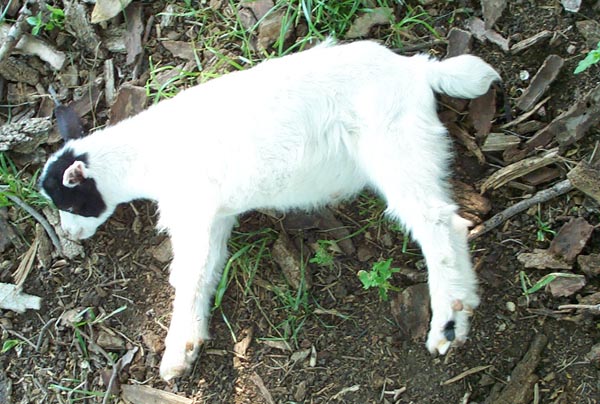Fainting Goat Systems
09 Dec 2013 • #ArchitectureParaphrasing Robert Heinlein, reality is a harsh mistress. Have you ever designed or worked on a system which was finally declared “done” (the mythical 1.0 release): it passed all QC tests, all was green, all the checks in place… but that failed miserably when deployed in production? Unfortunately, a real system lives in a harsh reality made of unreliable networks, crashing subsystems, crazy users and Elbonian hackers.
Architecture is extremely important: flexibility, rapid development, modularity. All technically cool and necessary (I’m all for it!), but you need to take into account and design for the real world. You don’t want to design a cool system on paper only to be constantly in emergency mode, struggling and working frantically just to keep the system live (still, with 80% availability, or worse). When you are in survival-mode you can’t spend time learning, practicing and developing new systems (that generates revenue). I call those “Fainting Goat Systems”: they are beautiful, functional, but when they are under stress, they just crash and fall to the ground. Here is an informative slide of a Fainting Goat System just deployed to production for the first time:

The first thing is stability. The system should be stable, built for cheap and easy operations and ready to make contact with the real world and real users. It’s important to release early and often, in production, and adapt to reality. Certain lessons can only be learned in production, with real users and real deployments.
A good book on the subject is Release It! by the Cognitect Michael T. Nygard.
